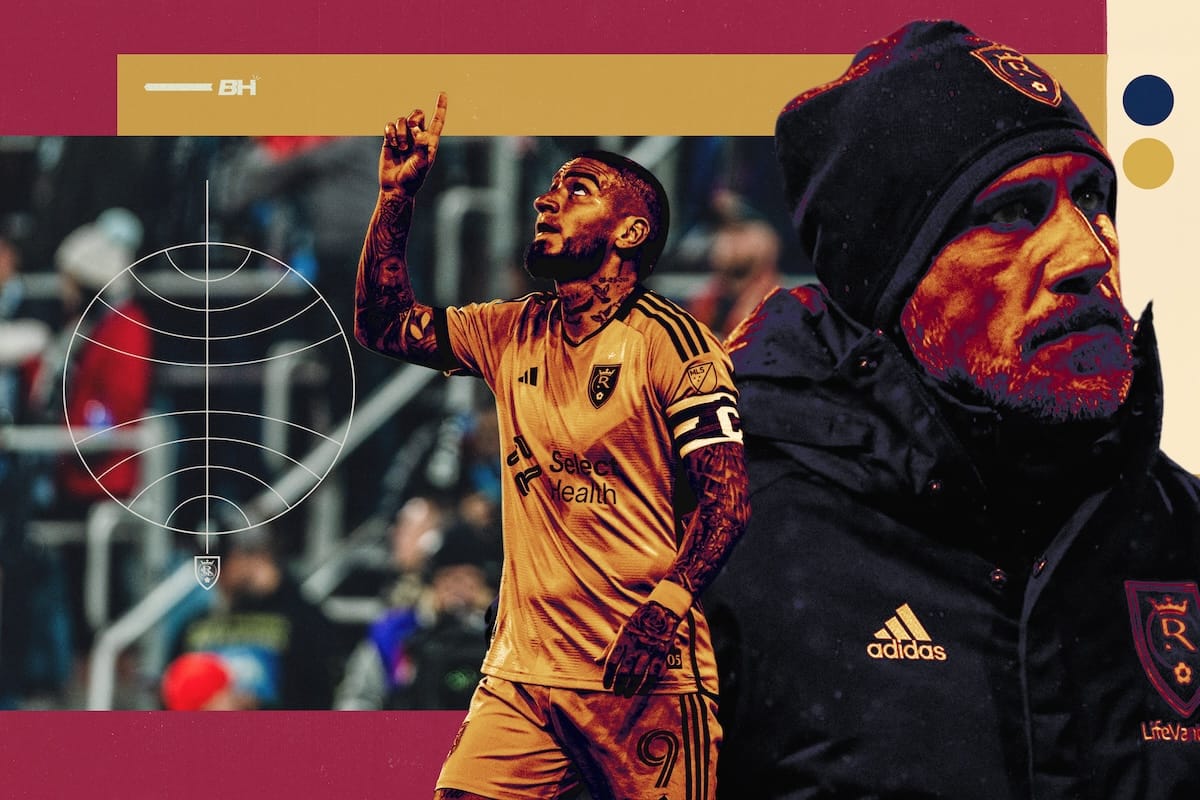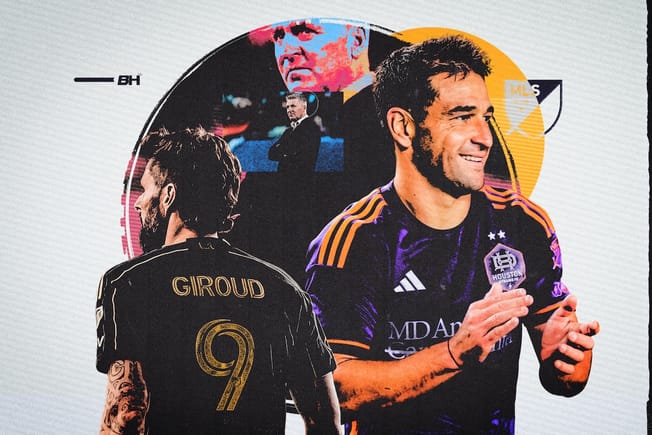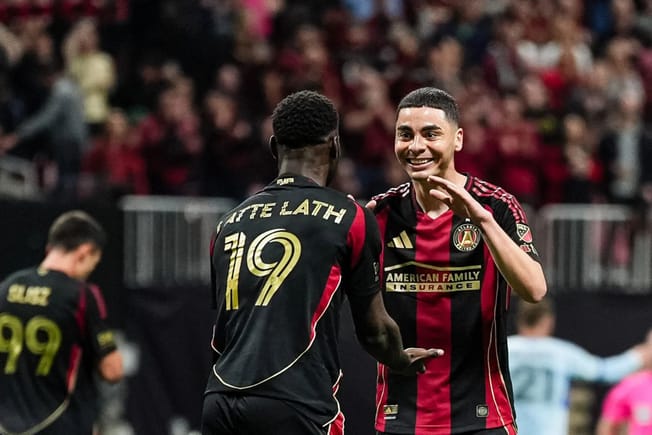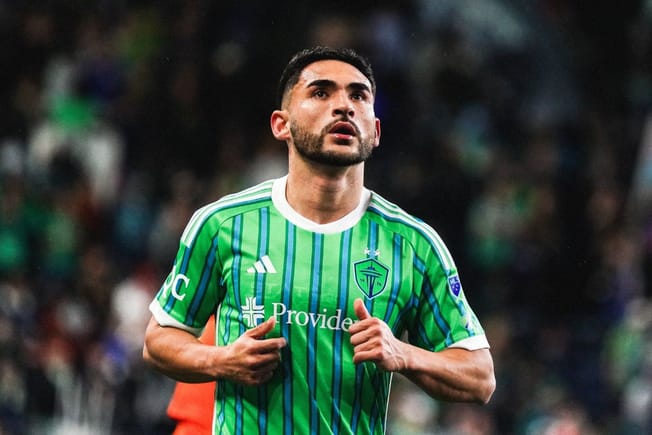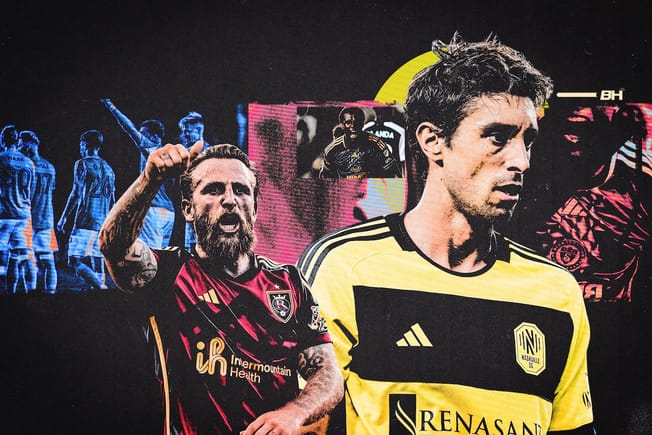“We were good last year, but we weren’t great.”
After a seventh-place finish and a fifth-place finish in his two full seasons in charge, Real Salt Lake manager Pablo Mastroeni didn’t mince words with his team ahead of the 2024 MLS campaign.
“If you want to go back to being good, we can continue to do the stuff that made us good," he said to his team. "But everyone always tells me we want to be great.”
When it comes to embracing change, Mastroeni was speaking from experience — recent experience, even. Just a couple of months earlier, RSL underwent a series of major shifts on the sporting side of the club. Out went general manager Elliot Fall, with technical director Kurt Schmid taking his place as the chief soccer officer. More relevant to the day-to-day operations, though, was Real Salt Lake’s decision to part ways with Mastroeni’s three key assistant coaches.
It’s incredibly rare to reshape a coaching staff without moving on from the head coach. While Mastroeni had the fortune of keeping his job, the 47-year-old was now coaching without a trio of people he called his “best friends”. But these internal offseason moves spurred change, initiating a tactical reset that’s already helped take Real Salt Lake from a postseason upset hopeful to a legitimate trophy threat.
From their perch on top of the Western Conference and while playing some of the most effective soccer in the league, RSL have embraced the growing pains.
The wheels of change began to turn for Real Salt Lake shortly after their loss to the Houston Dynamo in the first round of last season’s playoffs.
Mastroeni, Schmid, and Jason Kreis, who was hired in December to fill a hybrid business and sporting role, gathered to rethink the club’s on-field identity. They wanted to find a new approach that would more effectively fulfill the foundational job of a coaching staff: putting players into the best possible positions to succeed. At a macro level, they weren’t pleased with how the 4-2-3-1 shape that RSL used for long stretches in 2023 fit with their existing squad.
Young Colombian winger Andres Gomez was one player the trio felt wasn’t fully positioned to thrive in 2023.
“With our outside backs higher up the field, we got Andres pinched into the halfspace. But he really is kind of in his infancy stages as far as tactical understanding, so we weren’t necessarily putting him in the best chances to be goal dangerous,” Mastroeni told Backheeled.
They wanted to push Gomez, who was RSL’s club-record incoming transfer when he arrived in January, 2023, wider to maximize his speed and one-v-one dribbling ability. Gomez, the club schemed, would thrive on the right. Diego Luna and the incoming Matt Crooks would play in the halfspaces. New left back Alexandros Katranis would stay wide on his side. And, of course, the indomitable Chicho Arango would play through the middle.
With that front five in place, leadership landed on using 3-2-5 shape in possession.
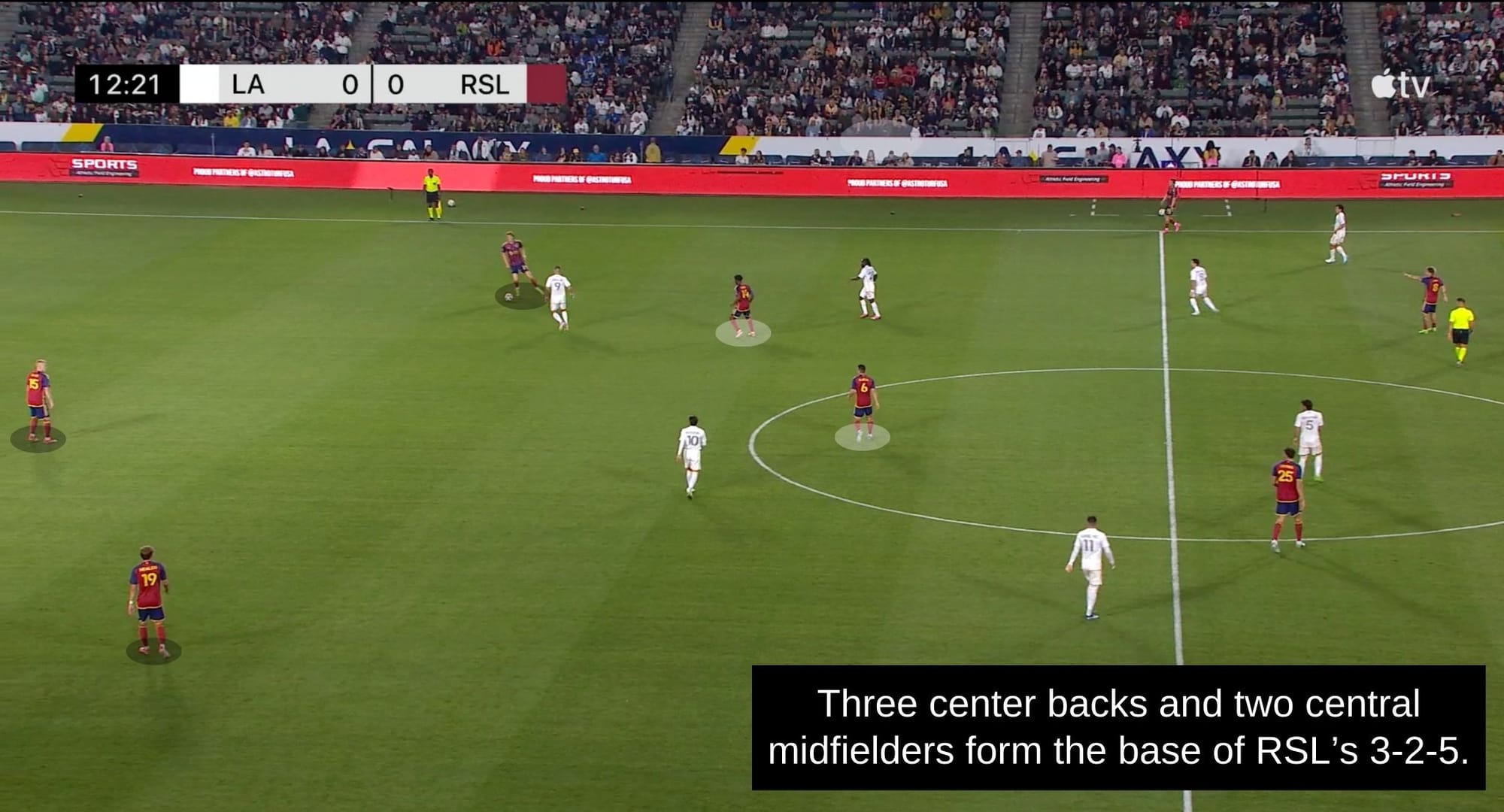
That 3-2-5 look has become increasingly common all over MLS. “It’s so funny, because every team in the league does the same thing”, Mastroeni remarked. “Every scout we look at it, it’s like, ‘oh, it’s a three-two build and it’s some form of a 4-2-3-1 defensively.'” Clearly, Salt Lake’s leadership wasn’t trying to reinvent the wheel over the offseason. No, they were simply trying to take a more logical approach to their on-field alignment.
“With the players that we had and the players that we were going to bring in, this felt like a really good setup.”


